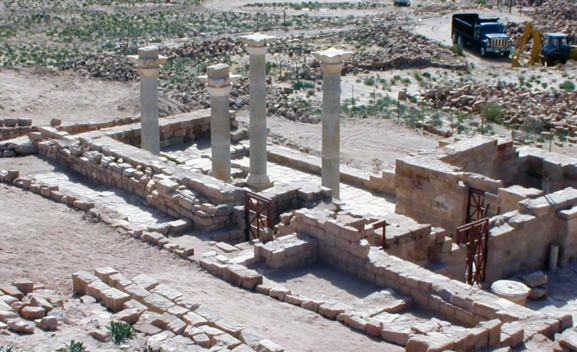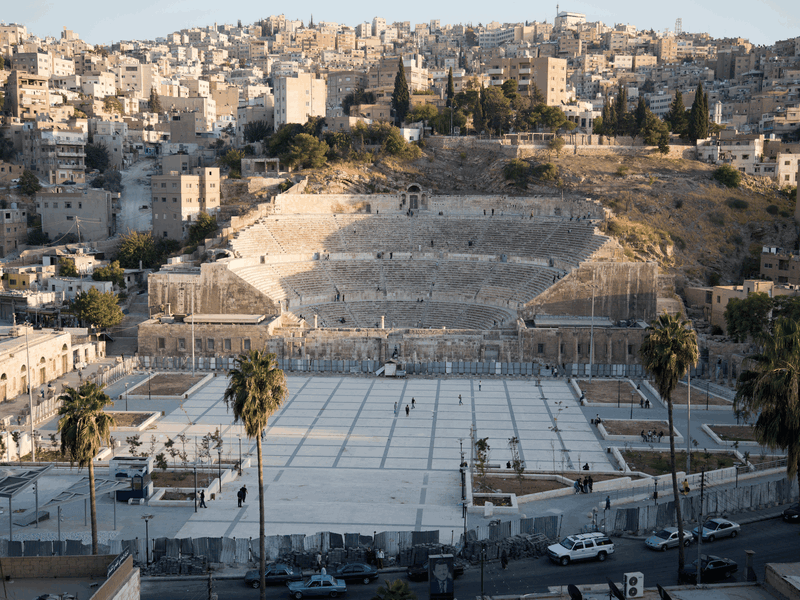
Following the excavation of the Petra Church, a dedicated team of researchers embarked on the exploration of two churches situated on the elevated slopes: the Ridge Church and the Blue Chapel. The Ridge Church commands the hill’s summit, while the Blue Chapel gracefully rests just below. The Northern Ridge in Petra has emerged as an archaeological treasure trove, bearing witness to numerous tombs dating back to the Nabataean and Roman periods, specifically during the 1st and 2nd centuries AD.
Sara Wenner, a prominent figure in this archaeological endeavor, pointed out, “The Northern Ridge boasts a handful of Nabataean domestic complexes, two well-preserved Roman period houses, and an impressive villa. Remarkably, two statues of Aphrodite were recently unearthed in a refuse pit within this region.”
Wenner’s research primarily delved into the ceramics discovered at the Northern Ridge, along with a profound investigation into the construction methods of domestic spaces and the intricate reasons behind their usage.
“My dissertation research extensively explored how these structures from the Nabataean and Roman periods ingeniously repurposed Nabataean waste materials into their flooring, effectively recycling potentially obstructive materials,” Wenner elaborated.
In a manner reminiscent of many ancient cultures, the Nabataeans demonstrated a unique knack for recycling a variety of waste materials in their architectural designs.
In the context of the Ridge area, the 4th and 5th centuries witnessed a remarkable transformation as it gained profound significance for the Christian community in Petra. Wenner underscored that during this era, the Petra Church, the Blue Chapel (crafted from resplendent granite), and the Ridge Church were all constructed nearly simultaneously.
“The Christian community, in their architectural endeavors, often drew inspiration from the architectural solutions of pagan temples,” noted Wenner.
The cataclysmic earthquake that struck the Levant in 363 AD had a devastating impact on Petra and its temples, effectively terminating the utilization of the North Ridge as a residential area.
Conversely, Jabal Harun, a prominent site, housed both a monastery and a chapel at its summit. Wenner continued to highlight that the environmental dynamics of Petra underwent significant transformations in the 4th, 5th, and 6th centuries, distinguishing this period from the earlier 1st and 2nd centuries.
“We possess fewer historical traces of human habitation in the rural periphery of Petra during the late 2nd and early 3rd centuries. However, the Byzantine period brought forth compelling evidence of reoccupation in the hinterland, with a notable eastward migration of the populace,” Wenner explained.
In the vicinity, the Romans erected a formidable fortress around 400 AD, catalyzing a pronounced shift in population towards the eastern reaches as opportunities for trade and interaction with the Roman legionaries residing there abounded, Wenner contended.
Nonetheless, due to the scarcity of available evidence, Wenner insists that further excavations in the Northern Ridge are imperative to unveil the enigmatic history of the Byzantine and Early Islamic periods in this captivating region.





